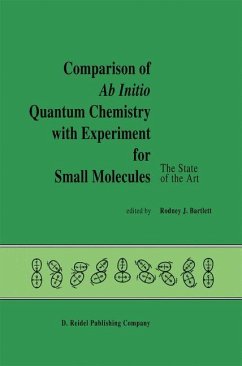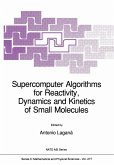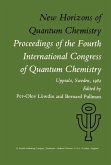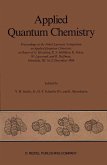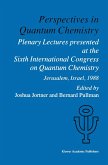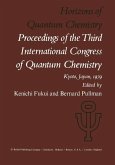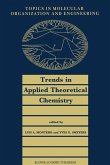At the American Chemical Society meeting in Philadelphia, Pennsylvania, U.S.A., a symposium was organized entitled, "Comparison of Ab Initio Quantum Chemistry with Experiment: State-of-the-Art." The intent of the symposium was to bring together forefront experimen talists, who perform the types of clean, penetrating experiments that are amenable to thorough theoretical analysis, with inventive theore ticians who have developed high accuracy ab initio methods that are capable of competing favorably with experiment, to assess the current applicability of theoretical methods in chemistry. Contributions from many of those speakers (see Appendix A) plus others selected for their expertise in the subject are contained in this volume. Such a book is especially timely, since with the recent develop ment of new, more accurate and powerful ab initio methods coupled with the exceptional progress achieved in computational equipment, ab initio quantum chemistry is now often able to offer a third voice to resolve experimental discrepancies, assist essentially in the interpre tation of experiments, and frequently, provide quantitatively accurate results for molecular properties that are not available from experiment.
`The papers in this book illustrate the wide range of problems that can be tackled with modern electronic structure methods. They should be useful to physical chemists and others working in the areas of molecular spectroscopy, structure, and reactivity. The book should be particularly valuable as a sourceof supplemental readings in graduate-level quantum chemistry courses.'
Science, 232
Science, 232
`The papers in this book illustrate the wide range of problems that can be tackled with modern electronic structure methods. They should be useful to physical chemists and others working in the areas of molecular spectroscopy, structure, and reactivity. The book should be particularly valuable as a sourceof supplemental readings in graduate-level quantum chemistry courses.'
Science, 232
Science, 232

